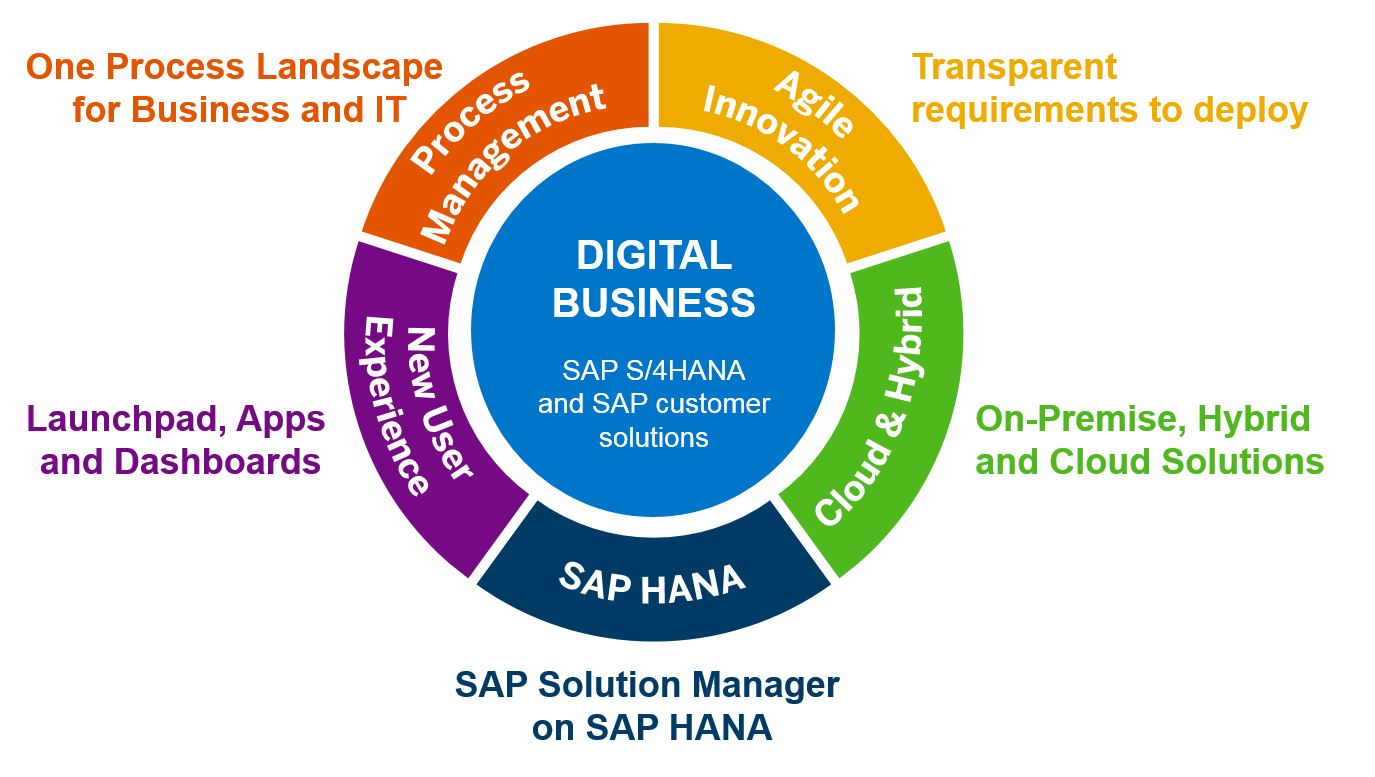What is Cloud Cost Optimization?

Cloud cost optimization is the process of reducing the amount of money that a company spends on its cloud computing services. Cloud computing allows businesses to access computing resources, such as servers, storage, and networking, on a pay-as-you-go basis. While this can be a convenient and flexible way to access these resources, it can also result in significant costs if not managed carefully.
One of the main drivers of cloud costs is the number of resources that a company uses. These resources can include virtual machines, storage, and data transfer, among others. The more resources that a company uses, the more it will cost.
Here are a few tips for bringing cloud costs down to earth
- Monitor and optimize resource usage: One way to optimize cloud costs is to carefully monitor and manage resource usage. This can be done through the use of tools, such as cloud cost management platforms, which provide visibility into resource usage and help companies identify areas where they can reduce their consumption.
- Take advantage of pricing discounts and cost-saving measures: Another way to optimize cloud costs is to take advantage of pricing discounts and other cost-saving measures offered by cloud providers. For example, many cloud providers offer discounts for long-term commitments or for using their services during off-peak times.
- It’s also possible to negotiate discounts directly with the cloud provider. Additionally, some cloud providers offer tiered pricing, where the cost per unit of a resource decreases as the company’s usage increases. By understanding these pricing structures and how they apply to a company’s specific needs, it’s possible to find cost-effective ways to access the resources that are required.
- Choose the right mix of cloud services: Understand the specific needs of the business and choose the right mix of cloud services to meet those needs. This may involve selecting the right combination of cloud providers, as well as choosing the right level of service and resources for each specific workload. For example, a company may be able to save money by choosing a lower-priced storage option for infrequently accessed data, while still using a higher-priced option for more frequently accessed data.
- Use cloud-native technologies and practices: Take advantage of cloud-native technologies and practices, such as containerization and microservices. These technologies allow companies to build and deploy applications more efficiently, which can result in significant cost savings. By breaking down applications into smaller, more modular components, it’s possible to run them more efficiently and to scale them up or down as needed, which can help to reduce costs.
- Keep an eye on the long-term trajectory of cloud costs: Finally, it’s important to keep an eye on the long-term trajectory of cloud costs. As technology evolves and innovations are introduced, the cost of certain cloud services may change. By staying up-to-date on these changes, companies can make informed decisions about their cloud strategy and ensure that they are getting the most value for their money.
By following these tips, you can reduce your cloud spending and get the most value for your money. By carefully monitoring and optimizing your resource usage, taking advantage of pricing discounts and cost-saving measures, choosing the right mix of cloud services, using cloud-native technologies and practices, and keeping an eye on the long-term trajectory of cloud costs, you can minimize your cloud spending and get the resources you need at a price you can afford.




